
The Future of Dairy Farming How Cow Milking Equipment is Revolutionizing Milk Production
As the dairy farming industry continues to evolve, the integration of advanced technology plays a pivotal role in enhancing milk production efficiency. Innovating practices, particularly in cow milking equipment, are setting new standards for dairy farmers worldwide. According to Dr. Emily Johnson, a leading expert in agricultural technology, “The evolution of cow milking equipment is not just about efficiency; it’s also about improving animal welfare and ensuring sustainable practices for future generations.” This statement reflects the growing recognition of the significant transformations happening within the industry.
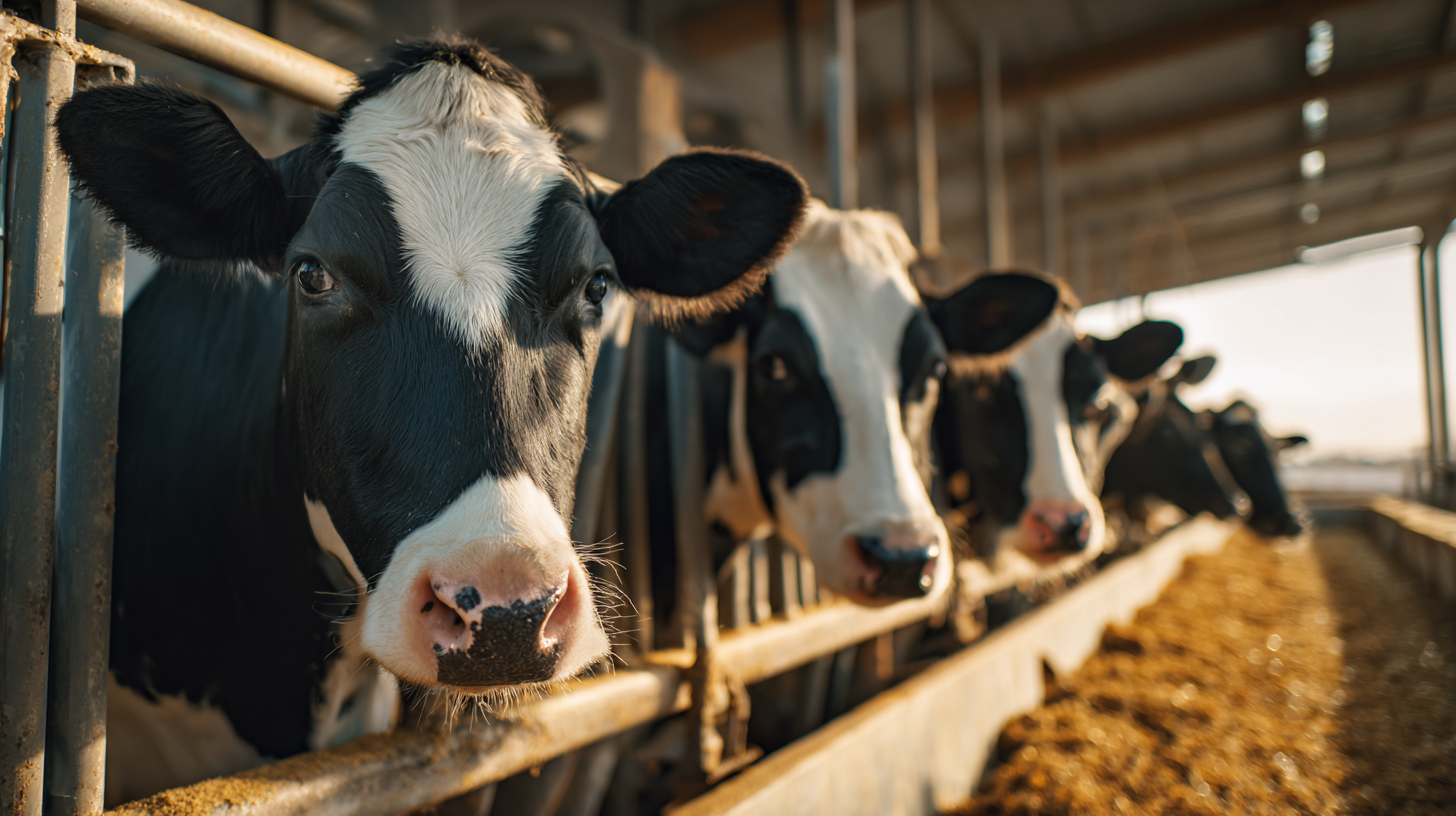
Dairy farming faces numerous challenges, including labor shortages and the need for improved productivity. Modern cow milking equipment addresses these issues by providing automated solutions that streamline the milking process. Advanced systems incorporate sensors and data analytics, enabling farmers to monitor each cow’s health and milk yield closely. This innovation allows farmers to make informed decisions that can lead to higher quality milk and better overall herd management.
In addition to technological advancements, the future of dairy farming hinges on sustainability. As consumer demand grows for ethically sourced food products, the role of efficient cow milking equipment becomes increasingly vital. By maximizing production while minimizing environmental impact, the dairy industry is poised to not only meet consumer needs but also contribute positively to the planet's health. The journey ahead promises exciting developments that will redefine milk production as we know it.
Innovations in Cow Milking Technology: Enhancing Efficiency and Yield
Innovations in cow milking technology are significantly transforming the dairy farming industry, enhancing both efficiency and yield in milk production. The introduction of automated milking systems (AMS) has allowed farmers to optimize their operations. According to a report from the International Dairy Federation, farms employing AMS can increase milking efficiency by up to 30%, which translates into substantial time savings and reduced labor costs. These systems also enable cows to be milked more frequently, leading to improved overall milk production; studies show that herds can produce up to 20% more milk per cow annually when utilizing advanced milking technologies.
In addition to automation, sensor technology is becoming a cornerstone in dairy farming. By integrating sensors that monitor cow health and milk yield, farmers can make informed decisions that promote animal welfare and optimize production. A recent survey by Agrilyst indicated that using these innovative solutions can lead to a 15% reduction in operational costs due to better management practices and data-driven insights. The marriage of sophisticated milking equipment with cutting-edge technology not only boosts productivity but also fosters sustainable practices, paving the way for a more efficient and resilient dairy farming future.
Data-Driven Decisions: The Role of IoT in Modern Dairy Farming
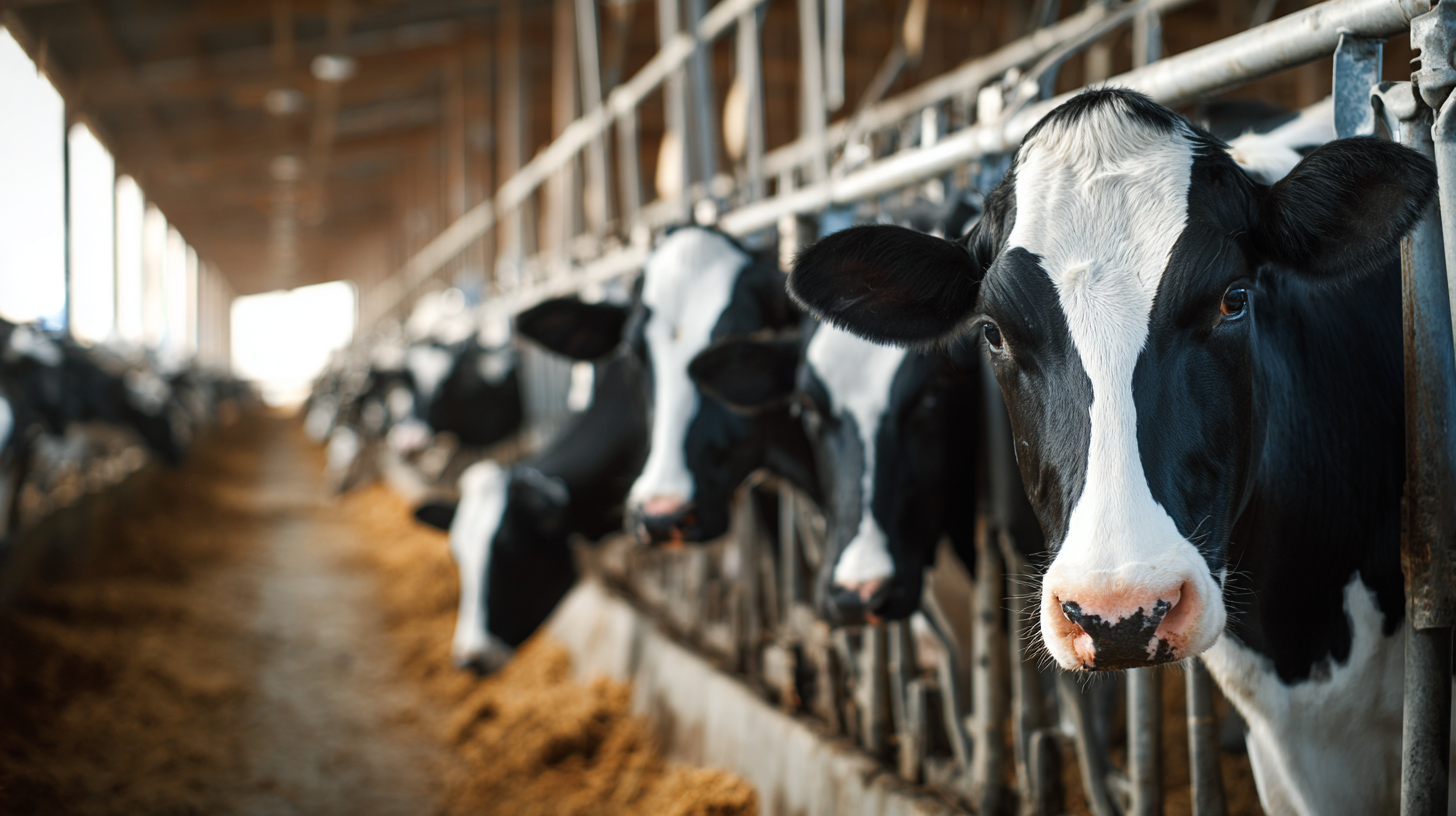 The integration of the Internet of Things (IoT) into modern dairy farming is transforming the landscape of milk production. By utilizing smart sensors and connected devices, farmers can monitor the health and productivity of their herds in real time. These tools gather data on various parameters such as cow behavior, milk quality, and environmental conditions, allowing for precise management decisions. For instance, farmers can track individual animal performance, identifying those that require special attention or health interventions, which ultimately leads to enhanced milk yield and quality.
The integration of the Internet of Things (IoT) into modern dairy farming is transforming the landscape of milk production. By utilizing smart sensors and connected devices, farmers can monitor the health and productivity of their herds in real time. These tools gather data on various parameters such as cow behavior, milk quality, and environmental conditions, allowing for precise management decisions. For instance, farmers can track individual animal performance, identifying those that require special attention or health interventions, which ultimately leads to enhanced milk yield and quality.
Moreover, IoT technology facilitates data-driven decision-making that optimizes operational efficiency. Automated milking systems, connected to cloud-based platforms, give farmers the ability to analyze trends and patterns in their production processes. This information empowers them to make informed choices about feeding, breeding, and herd management, reducing waste and increasing profitability. As the dairy sector embraces these technological advancements, it not only boosts productivity but also promotes sustainable farming practices, striking a balance between meeting consumer demand and caring for livestock welfare.
Sustainability in Dairy: How Advanced Equipment Reduces Environmental Impact
As the dairy industry faces increasing pressure to reduce its environmental footprint, advanced cow milking equipment is playing a pivotal role in promoting sustainability. Modern milking systems are designed with energy efficiency in mind, utilizing technology that minimizes water usage and reduces waste. These innovations not only enhance the productivity of dairy farms but also significantly lower the consumption of resources, making dairy production more environmentally friendly.
Furthermore, state-of-the-art milking equipment allows for better herd management and monitoring, enabling farmers to make informed decisions that support animal welfare and health. Healthy cows are more productive and efficient, further decreasing the environmental impacts associated with dairy farming. By integrating automated milking technologies, farms can optimize their operations, reduce labor costs, and ensure that they are adhering to sustainable practices that benefit both the planet and their bottom line.
The Future of Dairy Farming: How Cow Milking Equipment is Revolutionizing Milk Production
| Equipment Type | Efficiency Improvement (%) | Environmental Impact Reduction (%) | Cost Savings per Year ($) | Water Consumption Reduction (%) |
|---|---|---|---|---|
| Automated Milking Systems | 30 | 25 | 5000 | 20 |
| Cluster Milking Units | 25 | 15 | 3500 | 10 |
| Milk Cooling Systems | 20 | 10 | 4500 | 5 |
| Nutritional Feed Systems | 15 | 5 | 3000 | 7 |
| Waste Recycling Systems | 10 | 20 | 2000 | 15 |
Automation in the Dairy Industry: Labor Savings and Improved Cow Welfare
The advancement of automation in the dairy industry is pivotal in enhancing both labor efficiency and cow welfare. With the introduction of modern milking equipment, farms are experiencing significant labor savings. Automated milking systems allow farmers to maintain production levels and even increase them without the need for additional manual labor. This shift not only reduces operational costs but also allows workers to focus on other critical aspects of farm management, improving overall productivity.
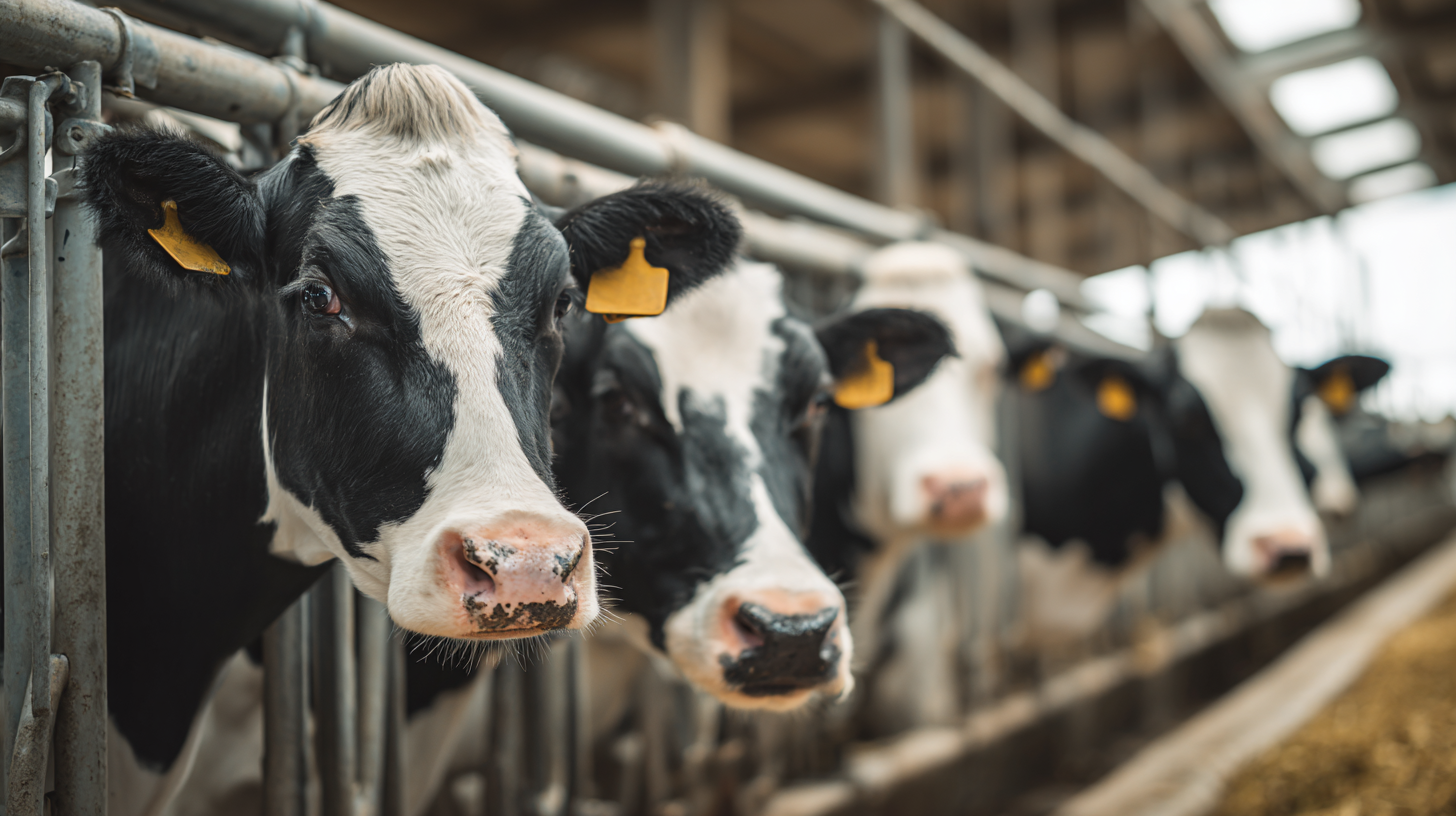
Moreover, these technological innovations prioritize the welfare of the animals. Automated systems enable more frequent and less stressful milking sessions, which can lead to improved health conditions for the cows. By allowing cows to choose when they are milked, stress levels decrease, resulting in higher milk yields and better quality products. Enhanced monitoring systems also provide farmers with real-time data about each cow's health and behavior, ensuring timely interventions when necessary. As automation continues to evolve, it promises a future where dairy farming is not only more efficient but also more humane.
Future Trends: Integrating AI and Robotics in Milking Practices
The advent of artificial intelligence (AI) and robotics is transforming the landscape of dairy farming, particularly in cow milking practices. According to a report by ResearchAndMarkets, the global market for dairy automation solutions is projected to grow at a compound annual growth rate (CAGR) of 6.8%, reaching approximately $7 billion by 2026. This growth is attributed to the increasing demand for milk production efficiency and the need for improved animal welfare.
Robotic milking systems, which allow cows to be milked automatedly, are becoming increasingly popular among dairy farmers. A study by the University of Reading shows that these systems can improve milk yield by up to 15%, while simultaneously reducing labor costs by over 30%. By integrating AI into these systems, farmers can leverage real-time data analytics to monitor cow health, optimize milking schedules, and predict future milk production trends. This data-driven approach enhances both operational efficiency and sustainability, propelling dairy farming into a new era of technological advancement.
The Future of Dairy Farming: Milking Efficiency Trends
This chart illustrates the improvements in milk production efficiency over the past years, highlighting the impact of integrating AI and robotics into milking practices. The data reflects the average liters of milk produced per cow per day.
Related Posts
-
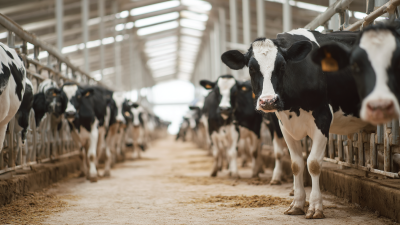
Essential Guide to Choosing Innovative Dairy Milking Equipment for Modern Farms
-
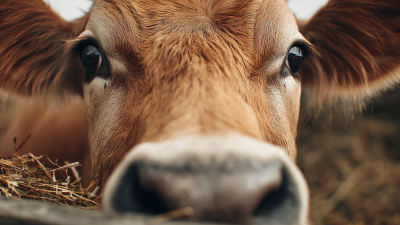
Exploring the Rise of Sustainable Cow Products in Modern Eco-Friendly Living
-
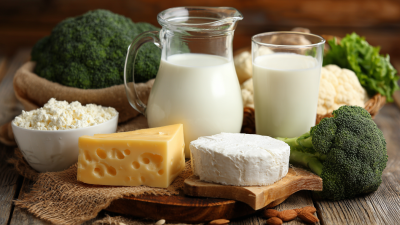
Discover the Best Dairy Products Online for a Healthier Lifestyle
-

Exploring Sustainable Products of Dairy Farming and Their Impact on Global Nutrition
-

Essential Dairy Barn Equipment Upgrades for Modern Farming Efficiency
-

Exploring the Nutritional Benefits of Dairy-Infused Products You Didn't Know About
